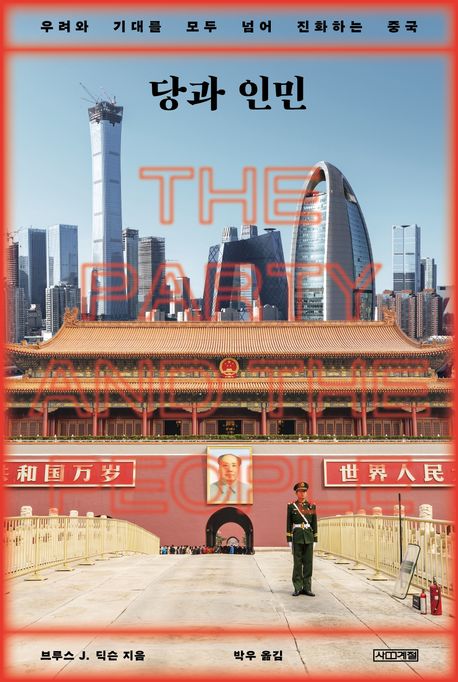
단행본
Wealth into power: the Communist Party’s embrace of China’s private sector
- 개인저자
- Bruce J. Dickson
- 발행사항
- Cambridge; New York : Cambridge University Press, 2008
- 형태사항
- xiii, 278 p.; 23cm
- ISBN
- 9780521702706
- 청구기호
- 320.912 D554w
- 서지주기
- Includes bibliographical references (p. 259-272) and index
소장정보
| 위치 | 등록번호 | 청구기호 / 출력 | 상태 | 반납예정일 |
|---|---|---|---|---|
이용 가능 (1) | ||||
| 1자료실 | 00012405 | 대출가능 | - | |
이용 가능 (1)
- 등록번호
- 00012405
- 상태/반납예정일
- 대출가능
- -
- 위치/청구기호(출력)
- 1자료실
책 소개
In Wealth into Power, Bruce Dickson challenges the notion that economic development is leading to political change in China, or that China's private entrepreneurs are helping to promote democratization. Instead, they have become partners with the ruling Chinese Communist Party to promote economic growth while maintaining the political status quo. Dickson's research illuminates the Communist Party's strategy for incorporating China's capitalists into the political system and how the shared interests, personal ties, and common views of the party and the private sector are creating a form of 'crony communism'. Rather than being potential agents of change, China's entrepreneurs may prove to be a key source of support for the party's agenda. Based on years of research and original survey data, this book will be of interest to all those interested in China's political future and in the relationship between economic wealth and political power.
Dickson argues that, rather than promoting democratization, China's entrepreneurs offer key support for the Communist Party's agenda.
Dickson argues that, rather than promoting democratization, China's entrepreneurs offer key support for the Communist Party's agenda.
목차
1. Introduction; 2. The party's promotion of the private sector; 3. Co-opting the capitalists; 4. Bridges and branches: the CCP's institutional links to the private sector; 5. Views on the economic, political, and social environments; 6. Private entrepreneurs in public service: political participation in China's formal political institutions; 7. The ripple effects of privatization; 8. Conclusion.



